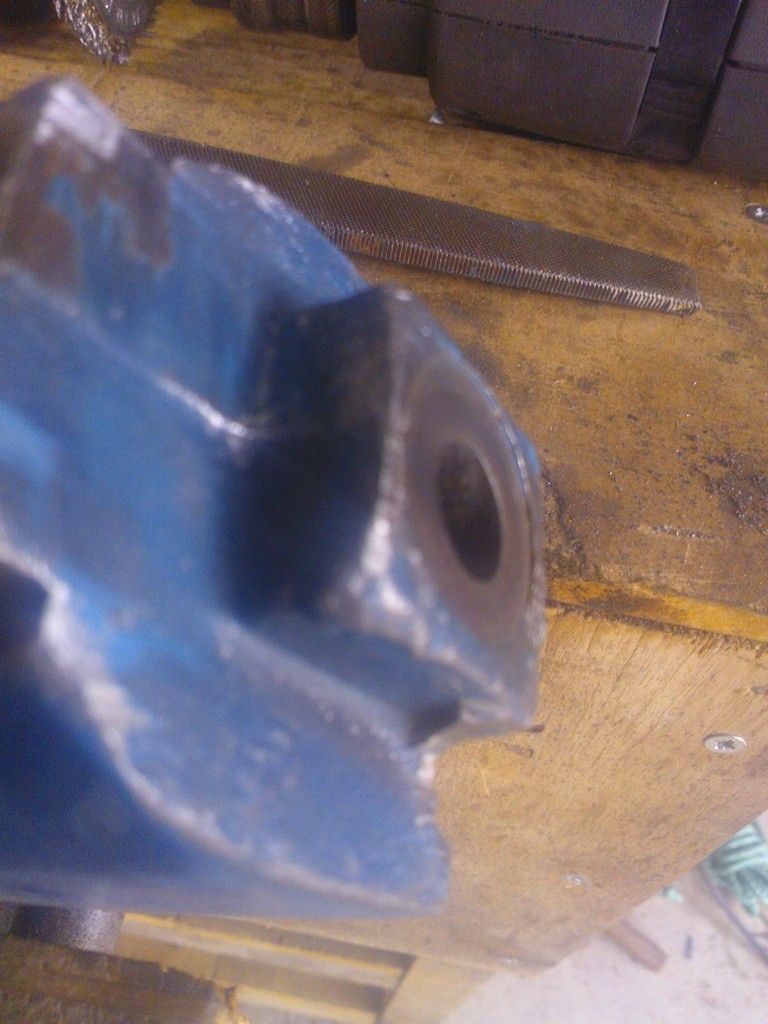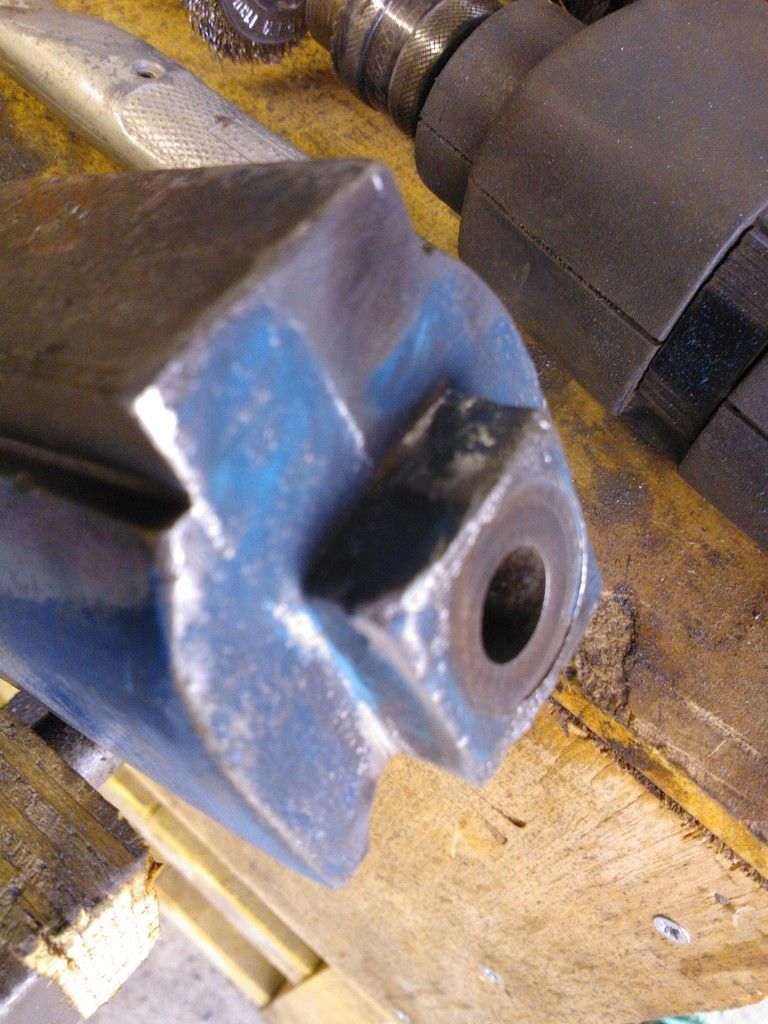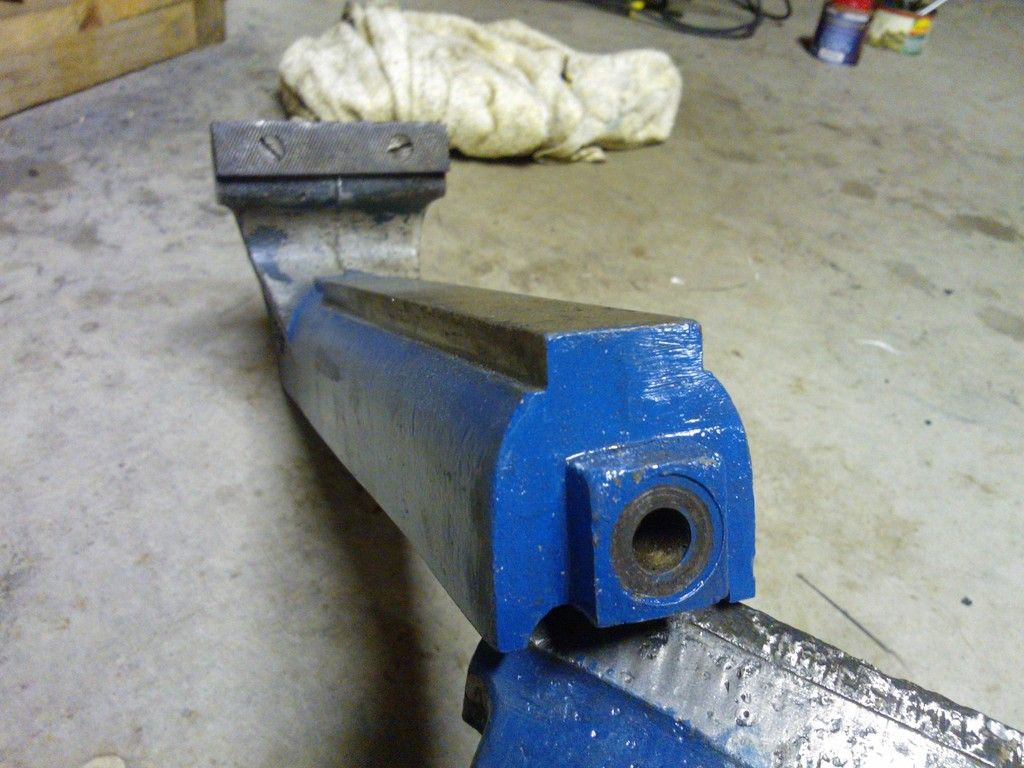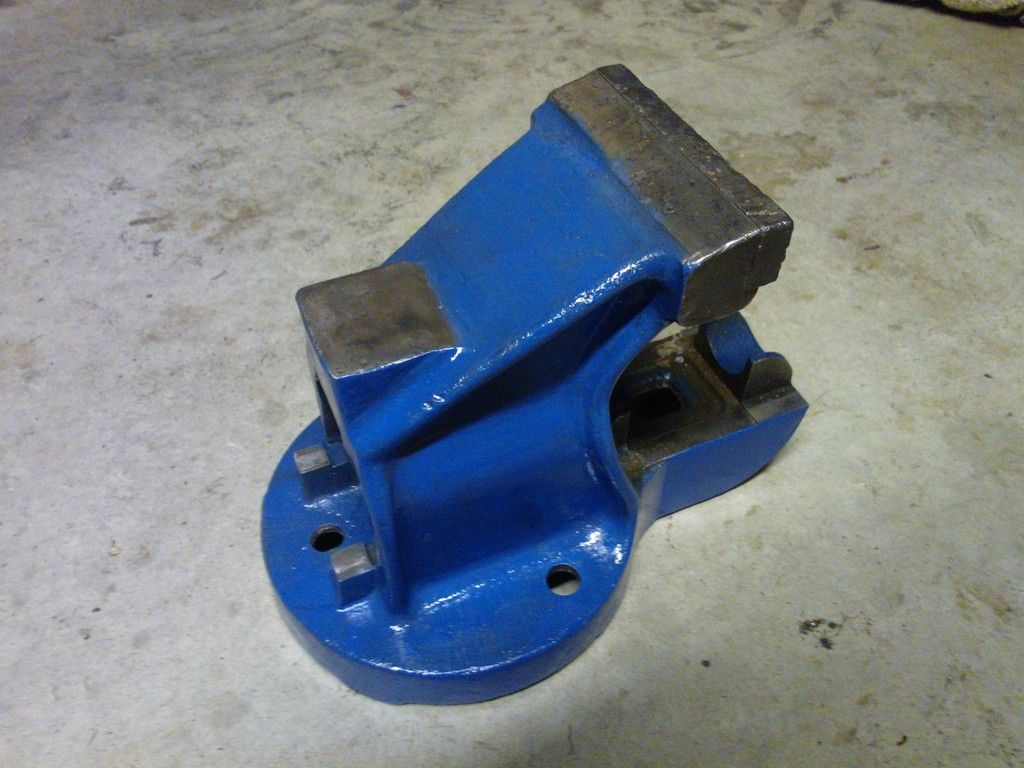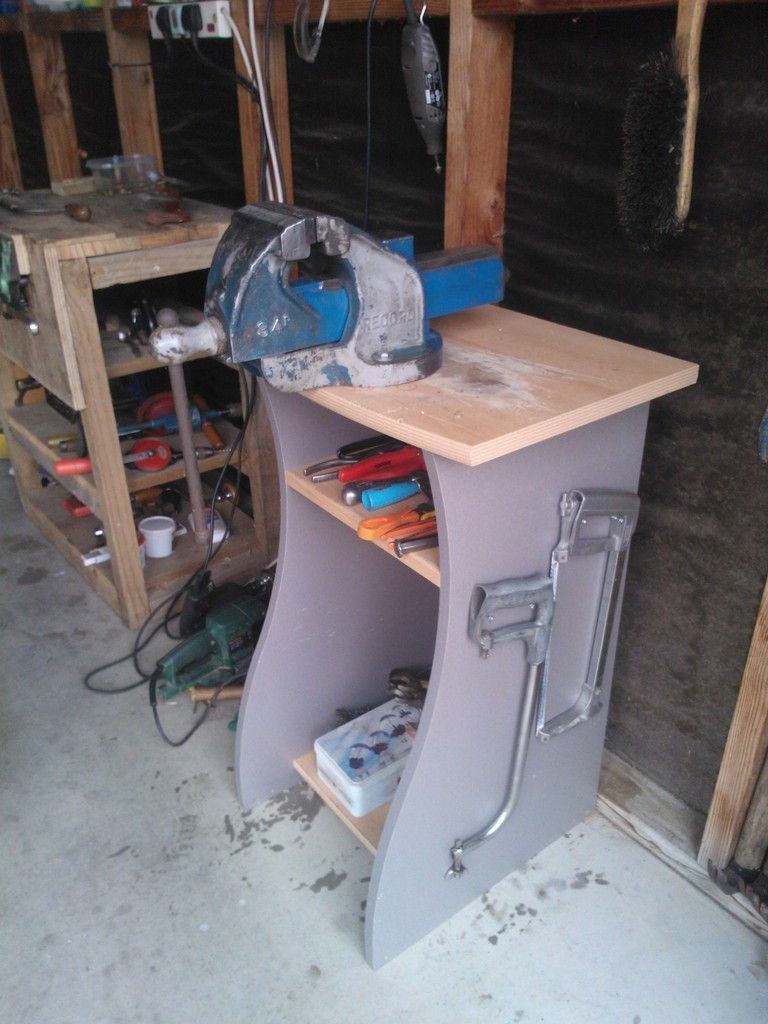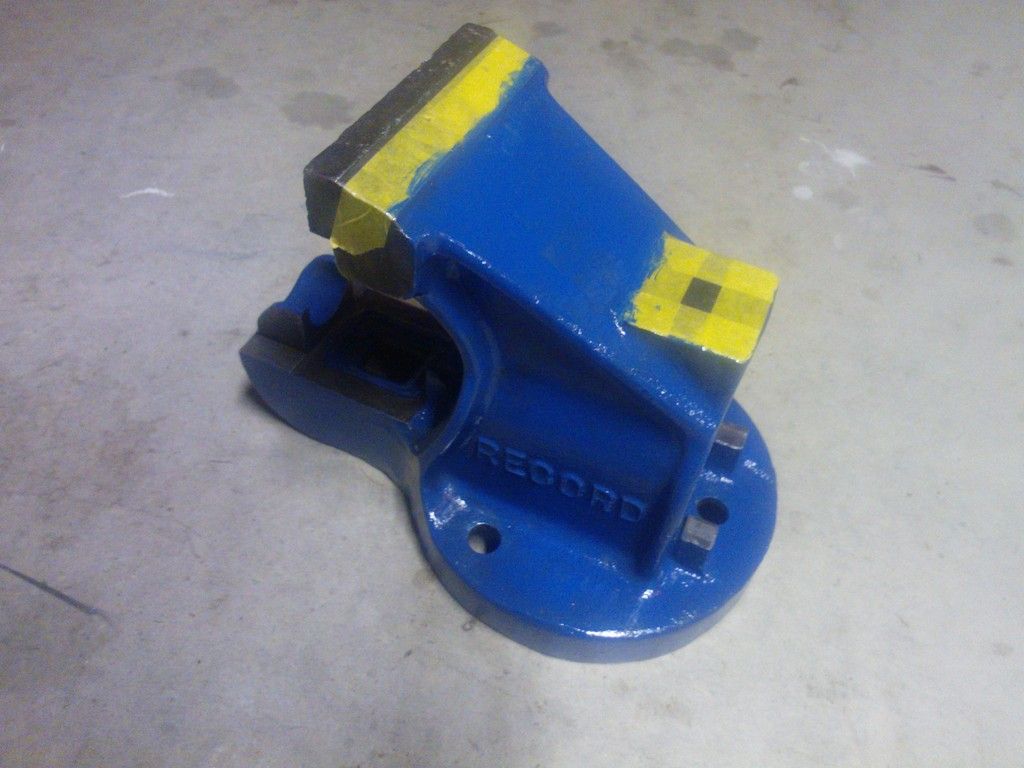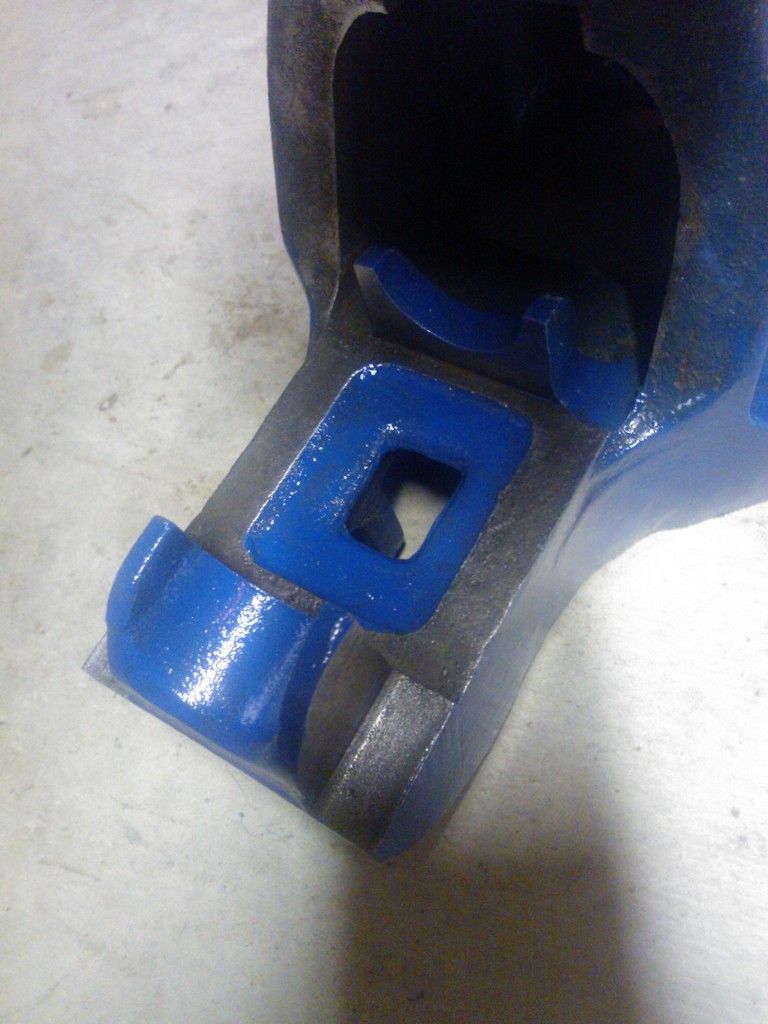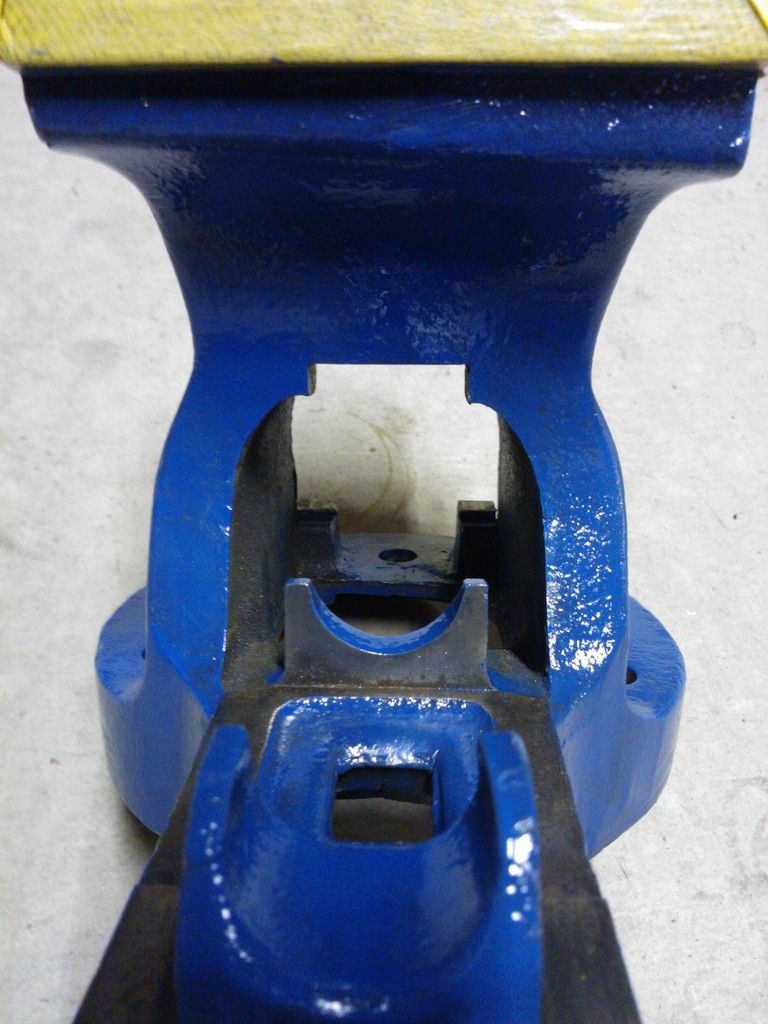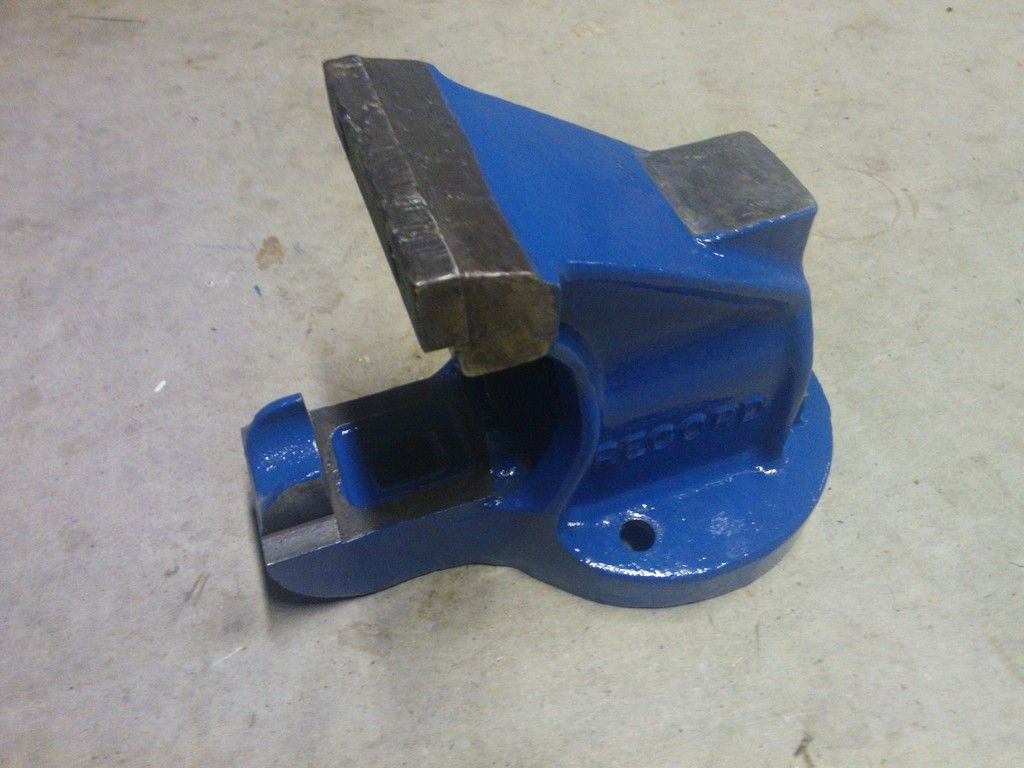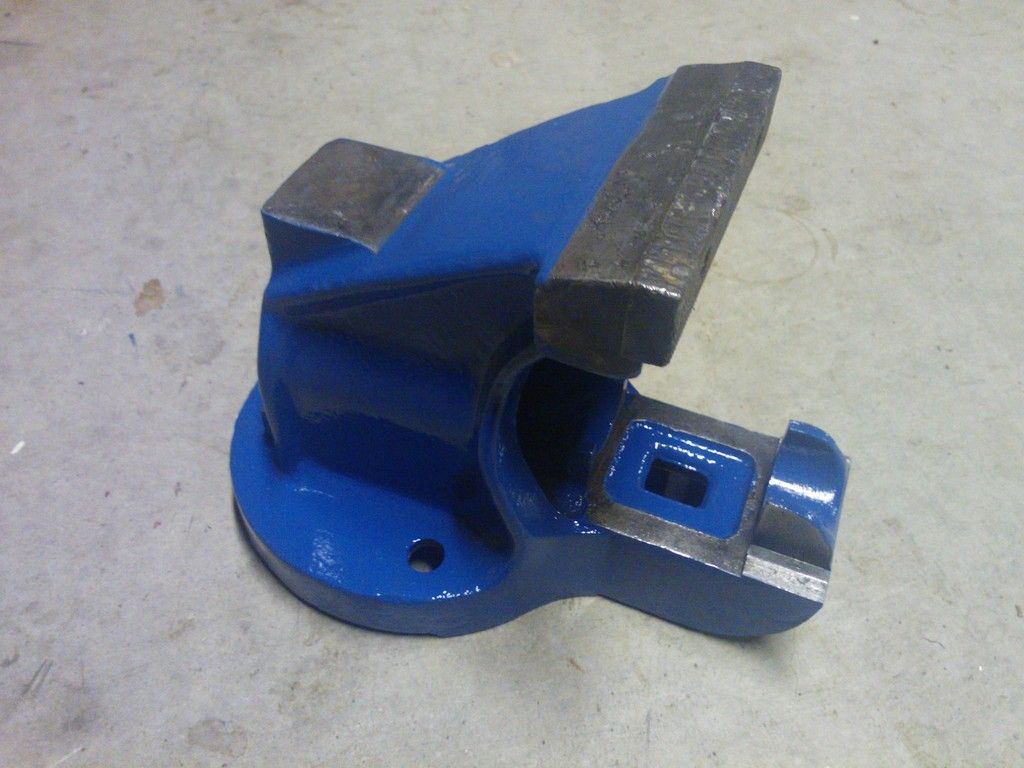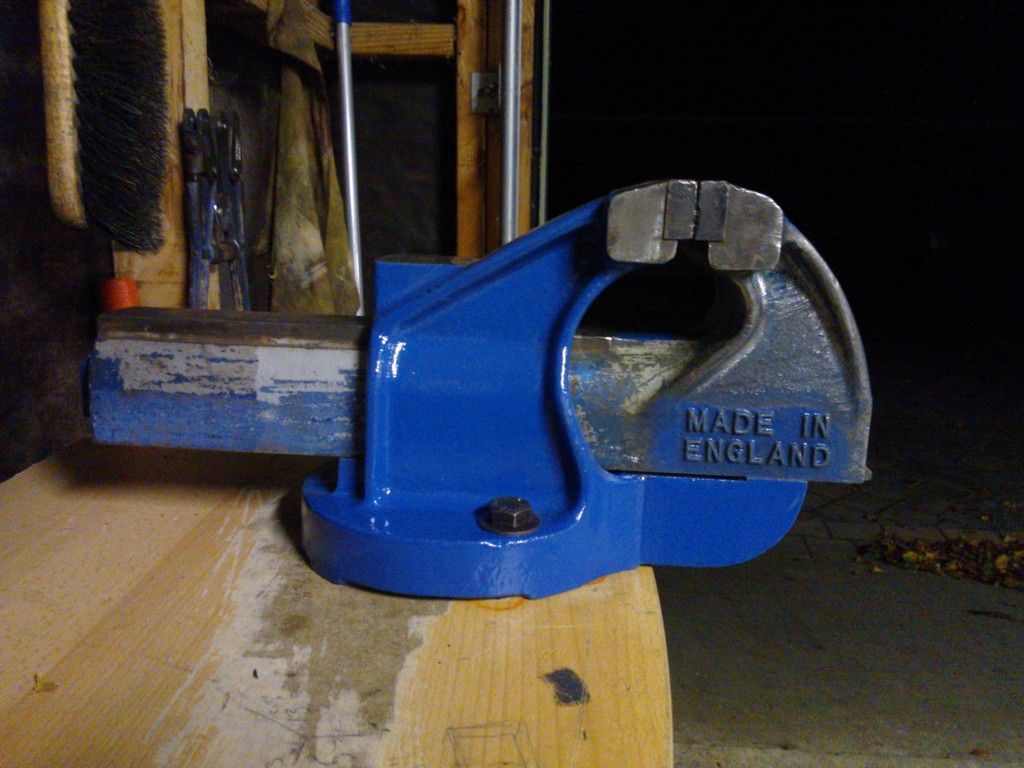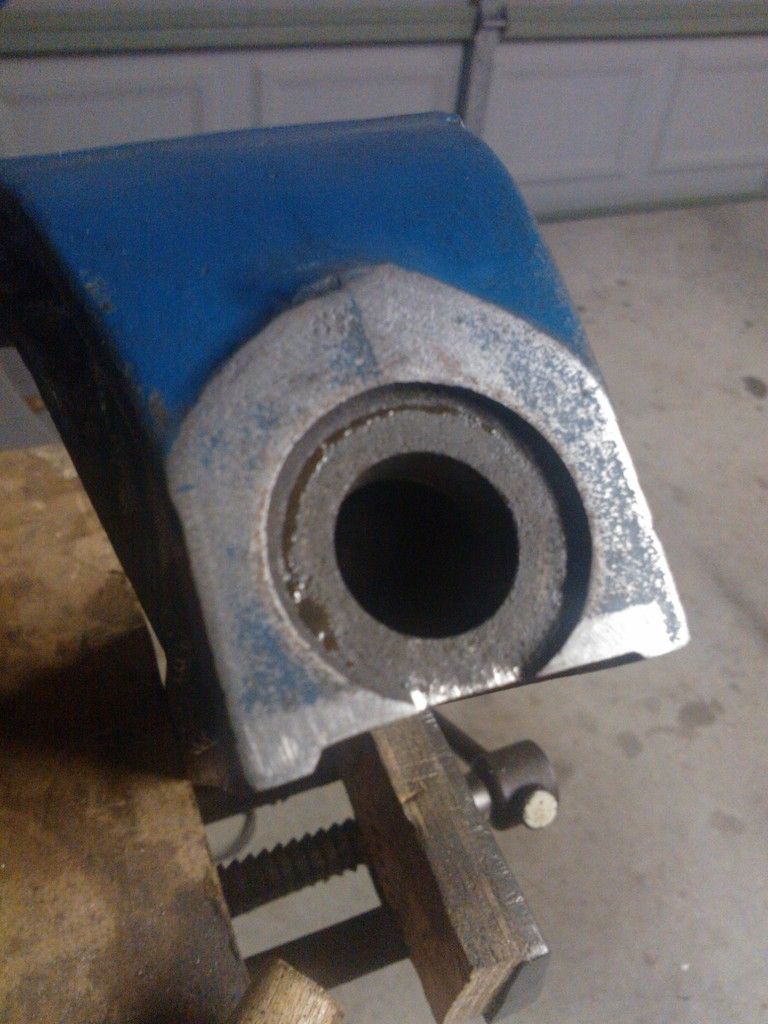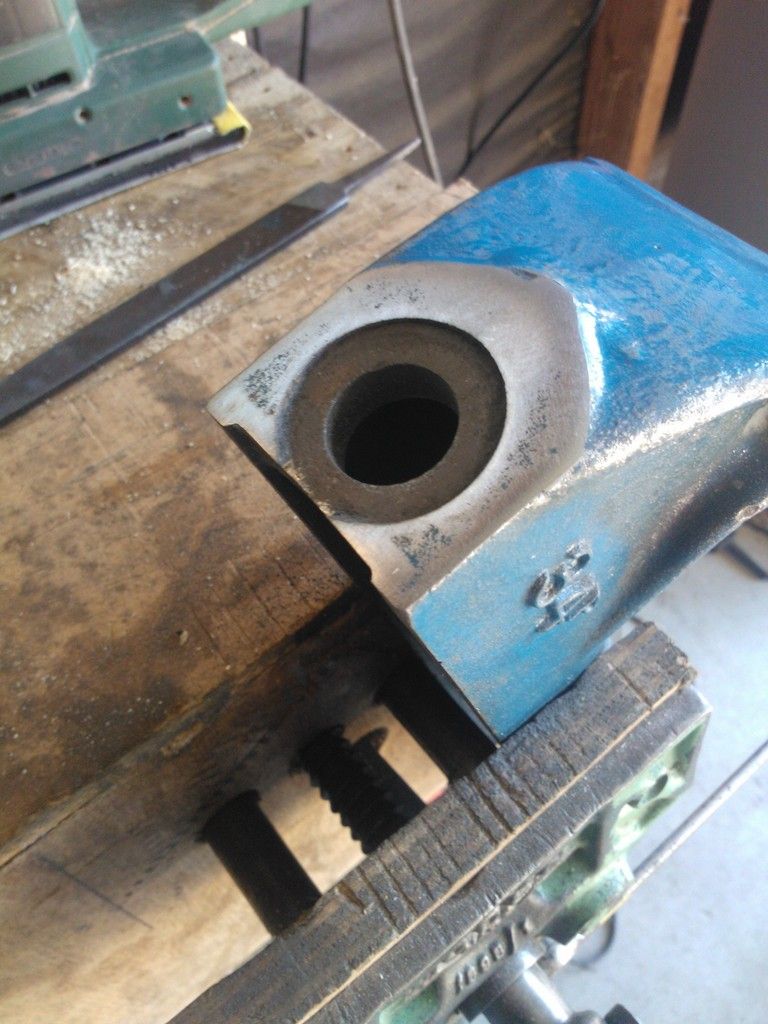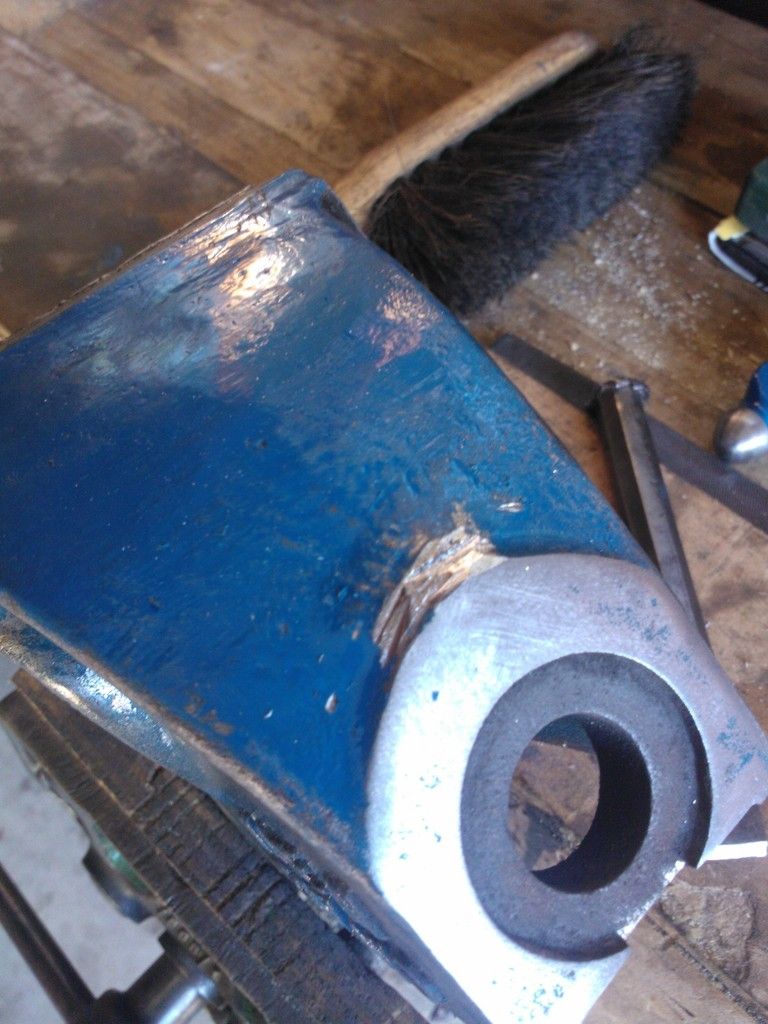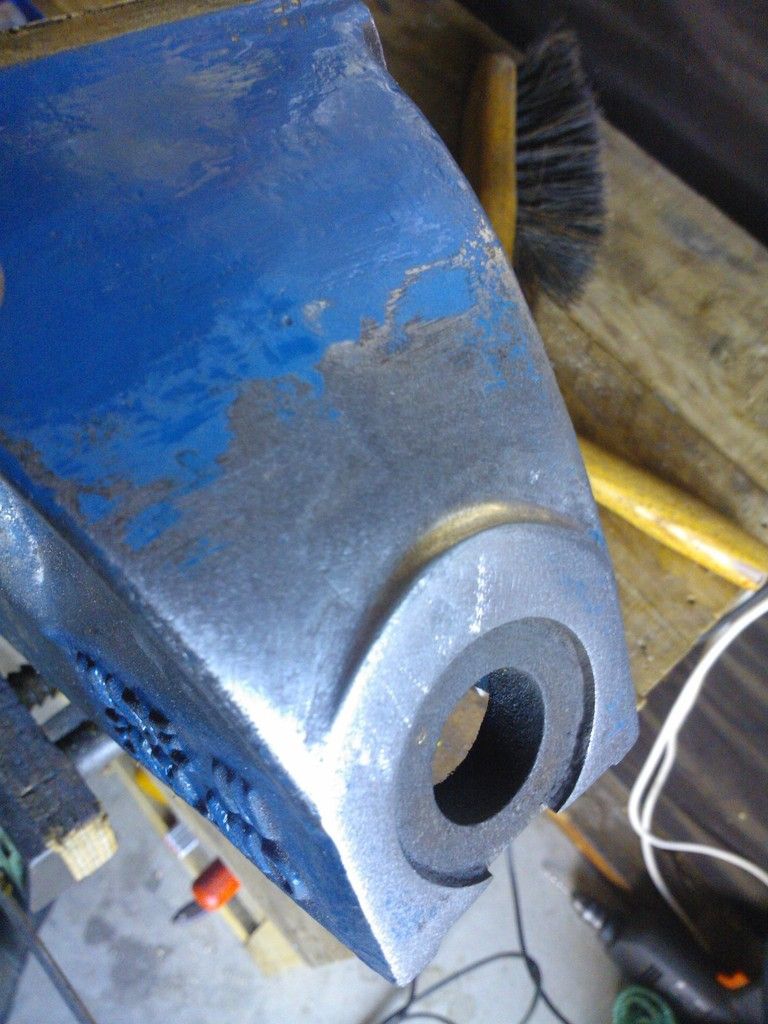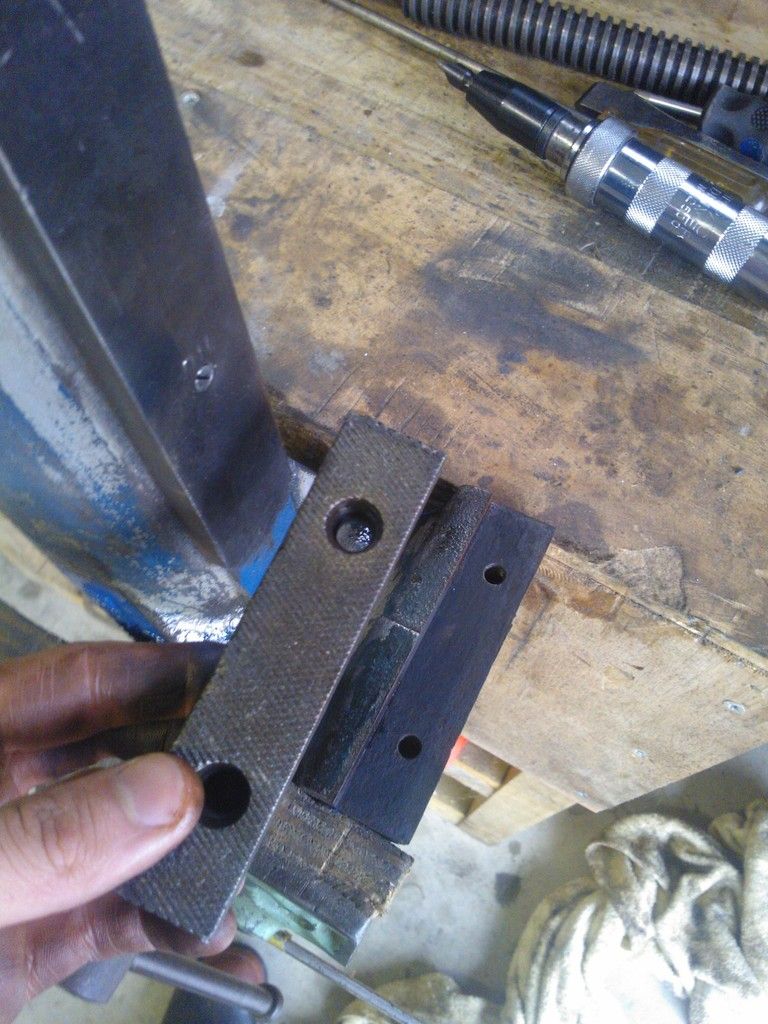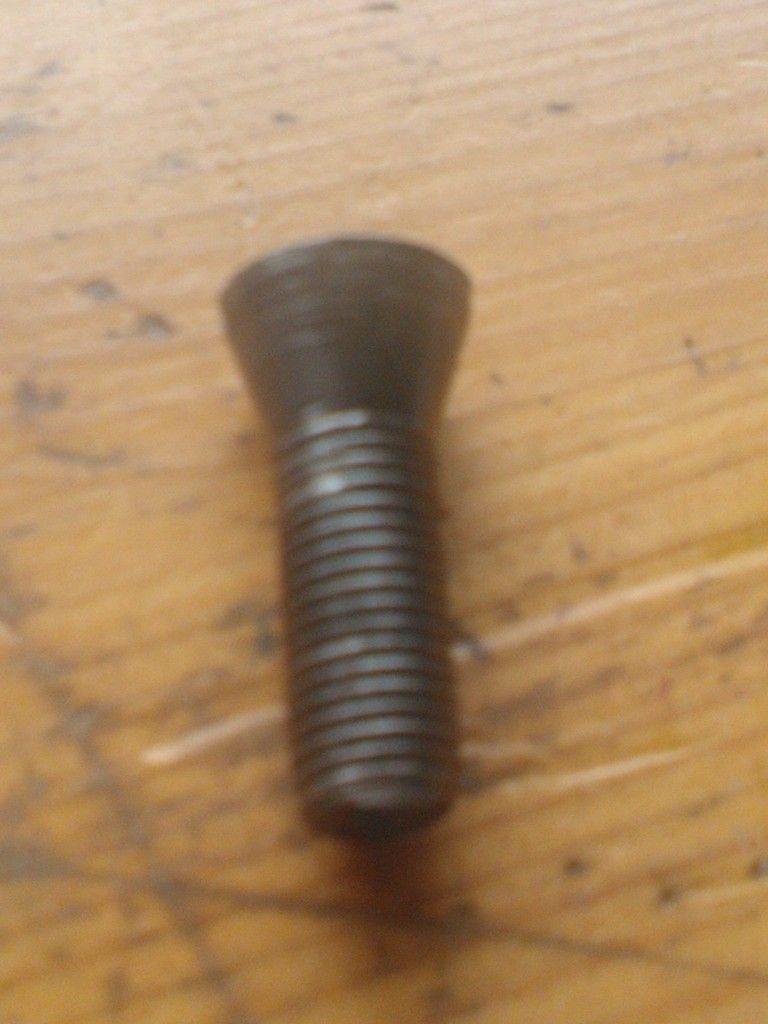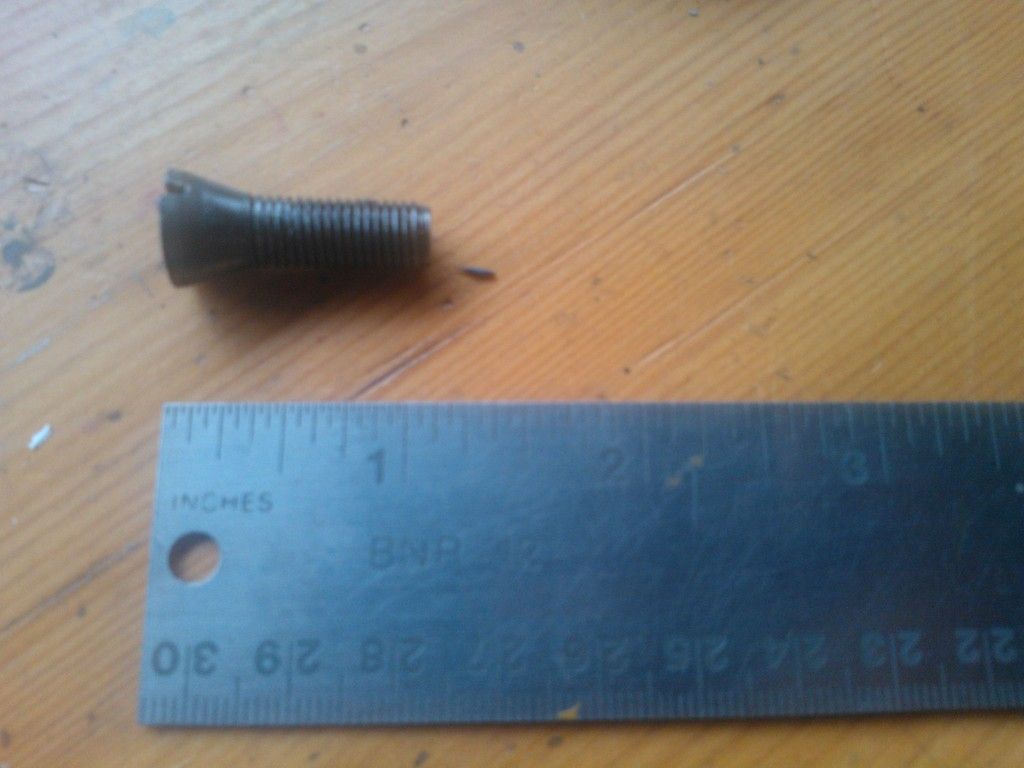Dieselman 63
Forklift Certified
- Messages
- 5,825
- Location
- Wellington, New Zealand
Hello,
I have frequented this site many times in the past to look at tool restorations people on here have been undertaking, and thought I should pay back the favour of having such a good resource at my fingertips and show you my own restoration.
I am in the process of tooling-up so to speak, and I buy almost all my stuff second hand partially as a cost measure but also because old things are better quality. The demise of British steel saddens me greatly, but that's a story for another day. I started about a year ago, and 8 months ago I bought my first vice - a Marples 6" portable woodwork vice. It's pretty flimsy but it was a lifesaver at the time, and fun to restore. I now have four vices (the 'grip' of the hobby is taking hold ), three of which are woodworking ones and my latest one - as per the title, is for metalworking.
), three of which are woodworking ones and my latest one - as per the title, is for metalworking.
So, on to the pics!
Sitting on my knee at just over 15kg, this was the condition I picked her up in. Someone has decided that Record blue is soooo 1960s and light grey would make it a far nicer vice.
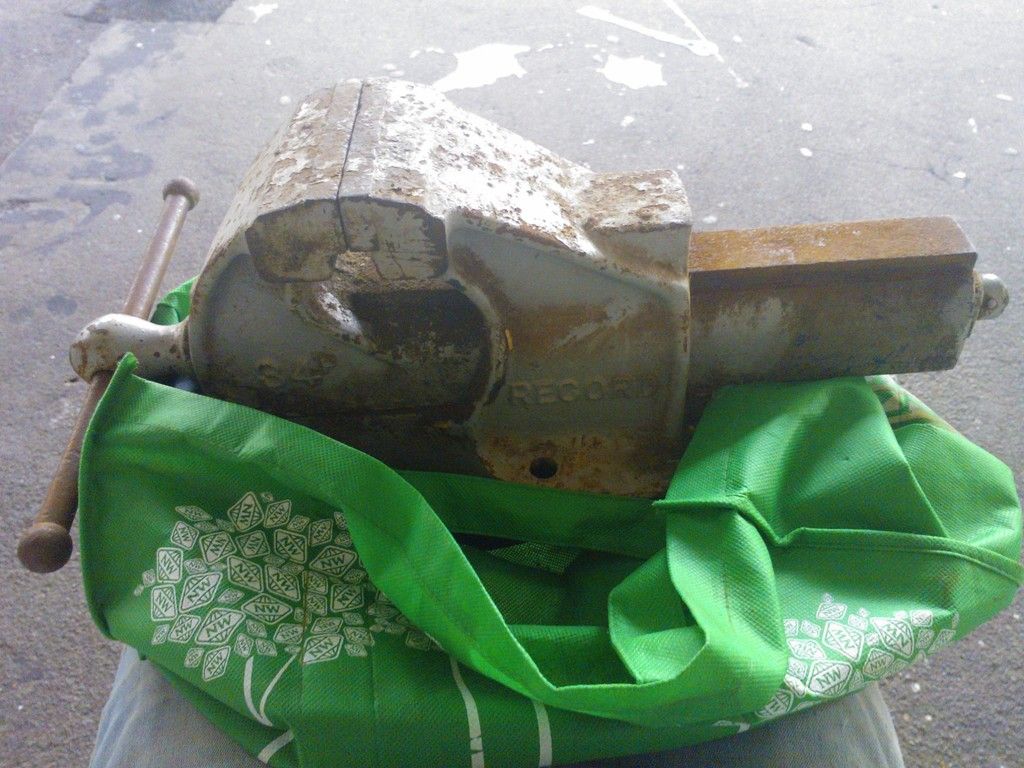
Back at home, and it was thanks to someone on here that I got the thing apart. There's a piece on the end of the screw with a pin that you can knock out to free up everything. I had previously doused the thing in WD40 to get it all moving again, hence the 'wet' look. I had started to grind off the weld slag on the anvil with my Dremel.

There are very few parts that make up the vice. The brass washer on the screw has not been taken off yet. The next step was to degrease everything.
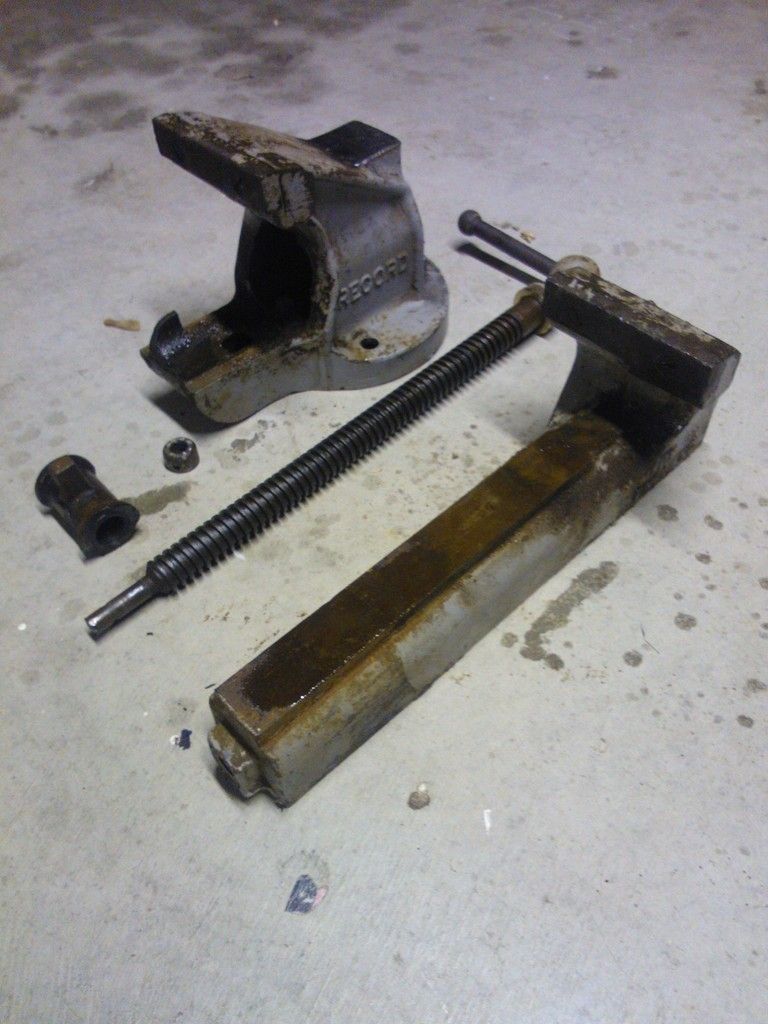
After degreasing, I was able to start removing paint, but wait! A staggering amount of original Record blue was still in place. The person who had painted it grey had never taken it apart, so the insides were saved from that little horror-treatment! I'm not even sure if the grey was metal paint, as it came off really easily - the Record stuff did not!

I thought that since there was no rust, it would be pointless removing good paint, so used any remaining from the wire brushing as a sort of primer.

I decided that to prevent flash-rusting, I would paint sections as I went, then once they had all been coated I would do a whole, final coat to bring it all together. Here are the two main components with a first coat of Hammerite Smooth Blue.
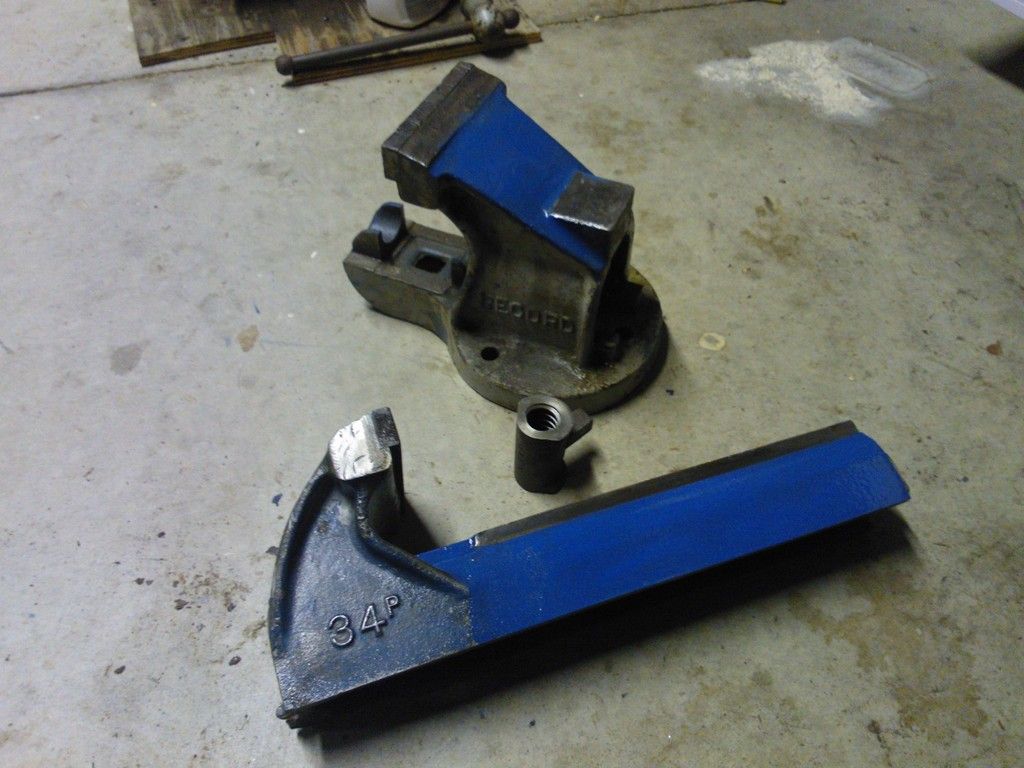
More paint getting removed; the blue you see is original. Over 50 years old and still in superb condition.
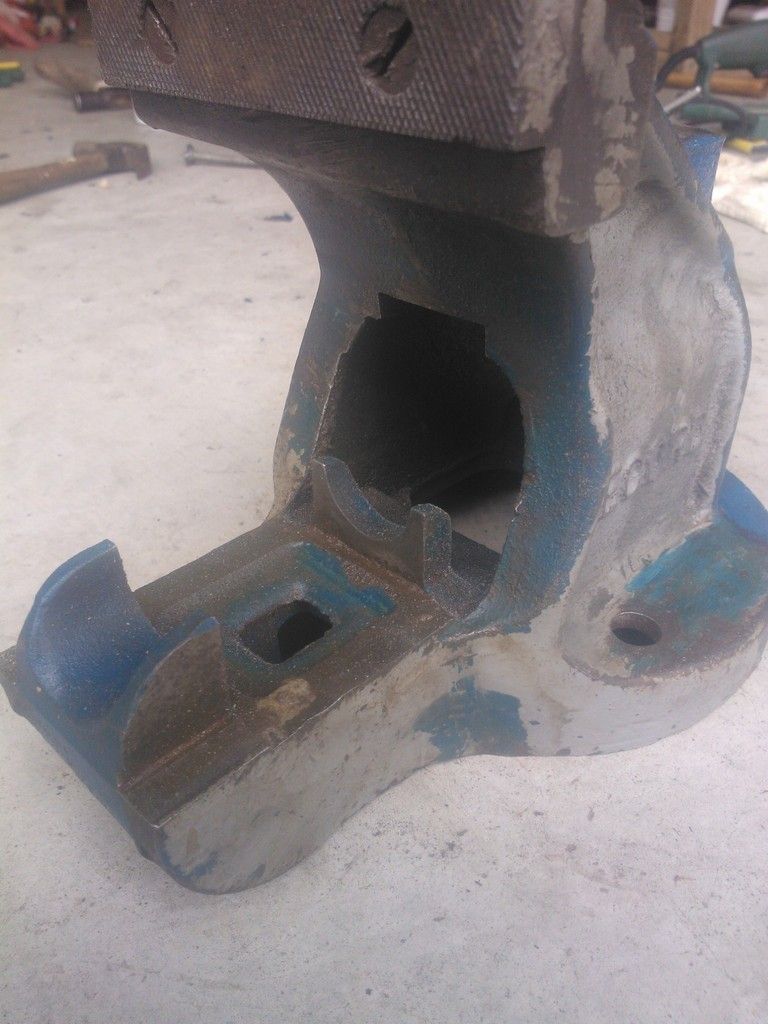
I finished with a test-fit of the two parts. Although there was still a long way to go, I was happy with the new look.
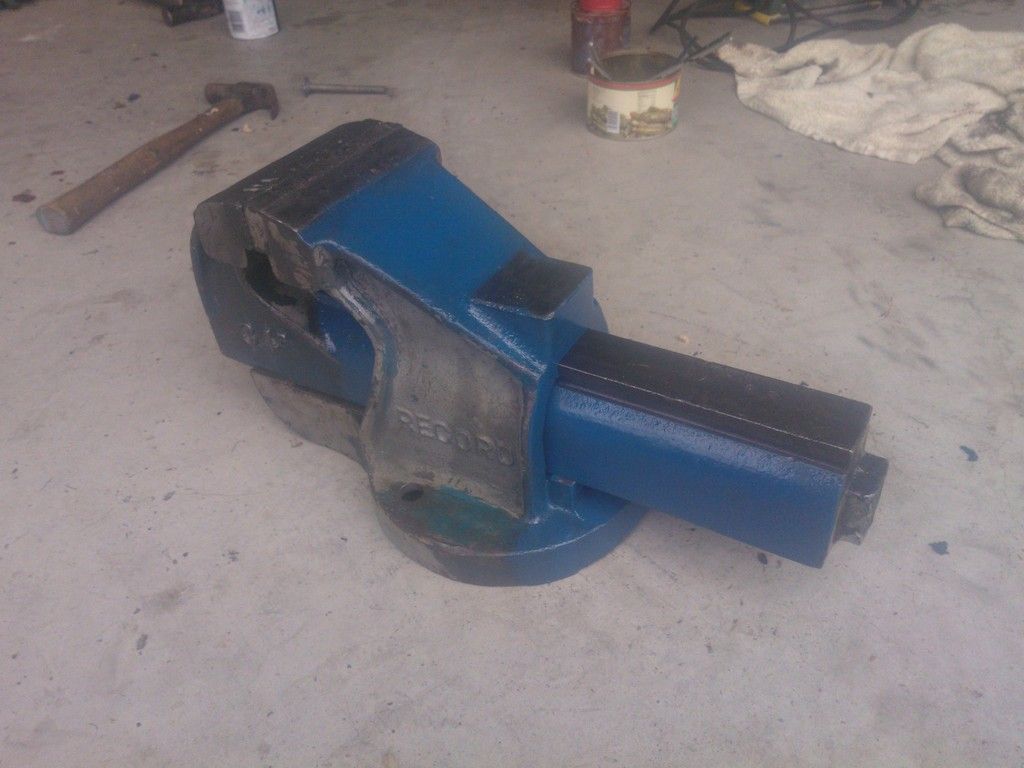
I have frequented this site many times in the past to look at tool restorations people on here have been undertaking, and thought I should pay back the favour of having such a good resource at my fingertips and show you my own restoration.
I am in the process of tooling-up so to speak, and I buy almost all my stuff second hand partially as a cost measure but also because old things are better quality. The demise of British steel saddens me greatly, but that's a story for another day. I started about a year ago, and 8 months ago I bought my first vice - a Marples 6" portable woodwork vice. It's pretty flimsy but it was a lifesaver at the time, and fun to restore. I now have four vices (the 'grip' of the hobby is taking hold
 ), three of which are woodworking ones and my latest one - as per the title, is for metalworking.
), three of which are woodworking ones and my latest one - as per the title, is for metalworking.So, on to the pics!
Sitting on my knee at just over 15kg, this was the condition I picked her up in. Someone has decided that Record blue is soooo 1960s and light grey would make it a far nicer vice.

Back at home, and it was thanks to someone on here that I got the thing apart. There's a piece on the end of the screw with a pin that you can knock out to free up everything. I had previously doused the thing in WD40 to get it all moving again, hence the 'wet' look. I had started to grind off the weld slag on the anvil with my Dremel.

There are very few parts that make up the vice. The brass washer on the screw has not been taken off yet. The next step was to degrease everything.

After degreasing, I was able to start removing paint, but wait! A staggering amount of original Record blue was still in place. The person who had painted it grey had never taken it apart, so the insides were saved from that little horror-treatment! I'm not even sure if the grey was metal paint, as it came off really easily - the Record stuff did not!

I thought that since there was no rust, it would be pointless removing good paint, so used any remaining from the wire brushing as a sort of primer.

I decided that to prevent flash-rusting, I would paint sections as I went, then once they had all been coated I would do a whole, final coat to bring it all together. Here are the two main components with a first coat of Hammerite Smooth Blue.

More paint getting removed; the blue you see is original. Over 50 years old and still in superb condition.

I finished with a test-fit of the two parts. Although there was still a long way to go, I was happy with the new look.





